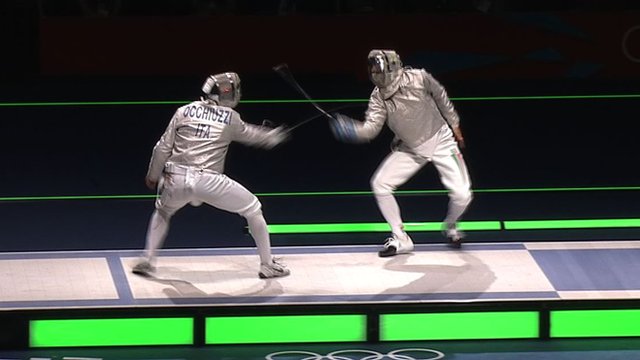Quick post: When someone who doesn’t know what “historical fencing” is asks me a question about it, it’s usually: “Do you guys talk in funny accents and wear silly, puffy pants?” (you might remember this line from the post title).
There are a lot of different groups of people who do reenactments, Renaissance fairs, stage combat, Society for Creative Anachronism, etc. These things aren’t mutually exclusive of HEMA — a lot of people do HEMA and one or more of the other things. A lot of people do HEMA and eastern martial arts, like Jiu Jitsu or Aikido.

But I think the short answer is that HEMA is not about reenactment. If you want to wear period-accurate gambesons and steel gauntlets, you can do that. But, you can also wear polyester gambesons with PVC armor and lacrosse gloves. We also wear modern fencing masks, which are not period-appropriate. Most of the techniques we study are intended for unarmored fighting, which means that all of the safety gear we’re wearing is effectively just there for practical safety purposes. We’re not really trying to emulate the fashion shown in the manuals. This is especially important to note when it comes to Renaissance fencing plates, where the figures are drawn naked.
So, if you’re trying to wrap your head around what exactly HEMA is — is it a sport? Is it for reenactors? Roleplaying? — just think about how you view the more established Eastern Martial arts. The focus is on the martial art, the techniques, the forms, the guards, economy of body movement, how to swing and thrust a weapon, how to defend against an attack, etc. It’s also about treating even a blunt fencing sword as if it was sharp. We’re basically training as if we’re preparing for a swordfight that will never actually happen (barring your various post-apocalypse fantasies, or a trip to Saudi Arabia). And, if you think that’s kind of dumb, maybe you’re right. But then so is playing any sport unless you plan on going professional. It’s OK to do something just to do it. Any reason beyond that is gravy.
The primary difference from a modern martial art like, say, Krav Maga, (aside from the fact that we’re using weapons nobody uses anymore, except for knives) is that our source material is about 600 years old and people are still figuring out what these guys meant and how to fill in the various gaps in our understanding. For those who are interested in that period of time and place, working with these manuals isn’t just a good way to learn how to use a sword (or dagger, or grappling, etc.) — it’s a way to understand how people back then thought, how they approached pedagogy, and how and why they might go through the extraordinary effort of writing and publishing works during a time where doing so was very labor intensive. Plus, you get to see their margin doodles:

Anyway, back to my main point: cosplaying for HEMA is like cosplaying at the opening night for a fantasy movie. You can do it if you want, but most people aren’t and it’s definitely not mandatory.

